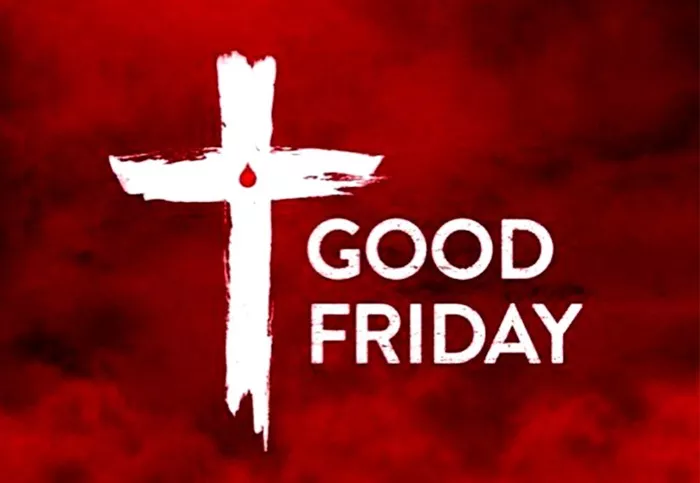Good Friday, observed by Christians worldwide, commemorates the crucifixion of Jesus Christ and his sacrifice for humanity’s salvation. It is a solemn day of mourning, reflection, and prayer, marking the profound depth of Christ’s suffering and love.
Origins of Good Friday
Good Friday, observed since the 4th century, commemorates Jesus Christ’s crucifixion. The term may mean “God’s Friday” or refer to the good from His sacrifice. Early Christians fasted and mourned, marking the day with prayer and reflection. Today, it remains a solemn observance with scripture readings and veneration of the cross in Christian communities worldwide.
Good Friday Meaning
Good Friday is a solemn Christian observance commemorating the crucifixion and death of Jesus Christ. It marks the sacrifice Jesus made for humanity’s salvation. The term “Good” reflects the goodness and hope brought through His suffering. Observed during Holy Week, it’s a day of reflection, mourning, prayer, and gratitude, often marked by church services and scripture readings.
Significance of Good Friday
Good Friday holds deep significance for Christians as it commemorates Jesus Christ’s crucifixion and His ultimate sacrifice for humanity’s sins. It symbolizes redemption, love, and the promise of salvation. The day encourages reflection on Christ’s suffering, inspiring faith and gratitude. Observed with prayer, fasting, and worship, it prepares believers spiritually for the joy of Easter Sunday’s resurrection.
1. Commemoration of Crucifixion: Good Friday commemorates the crucifixion of Jesus Christ and his death at Calvary. It’s a solemn day in Christianity.
2. Part of Holy Week: It falls during Holy Week, the final week of Lent, and is observed the Friday before Easter Sunday.
3. Not a Celebration: Despite being called “Good,” it is a somber day of mourning and reflection, not celebration.
4. Origin of the Name: The term “Good Friday” may have evolved from “God’s Friday” or it may refer to the “good” or holy nature of Christ’s sacrifice.
5. Fasting and Abstinence: Catholics and some other Christians practice fasting and abstaining from meat on Good Friday.
6. Veneration of the Cross: A central part of Good Friday services is the veneration (honoring) of the Cross, where believers show reverence for Christ’s suffering.
7. Stations of the Cross: Many churches hold the Stations of the Cross, a devotional journey through 14 events of Jesus’ final hours.
8. Darkness Symbolism: Some churches darken their sanctuaries, and some cover crosses and statues to emphasize mourning.
9. Crucifixion Timing: Jesus is believed to have been crucified around 9 AM and died at about 3 PM, the “ninth hour” in biblical reckoning.
10. Observed with Silence: It is often marked with silence, solemn hymns, and quiet reflection, especially between noon and 3 PM.
11. Part of the Paschal Triduum: Good Friday is the second day of the Paschal Triduum, which includes Holy Thursday, Good Friday, and Holy Saturday—the most sacred time of the Christian year.
12. Burial of Christ: It also marks the day when Jesus was laid in the tomb, setting the stage for His resurrection on Easter Sunday.
FAQs
1.What is Good Friday celebrated for?
Good Friday commemorates the crucifixion of Jesus Christ and his death at Calvary.
2.What happened on Good Friday?
On Good Friday, Jesus was arrested, tried, sentenced to death, and crucified. He died to atone for the sins of humanity.
3.Why is it called Good Friday?
The term “Good” refers to the idea that Jesus’ sacrifice was a great act of love and redemption, even though it was a day of suffering and sorrow.
4.What should I do on Good Friday?
On Good Friday, many people observe a day of reflection, prayer, and fasting. Some attend church services or participate in processions to remember the significance of Jesus’ sacrifice.



